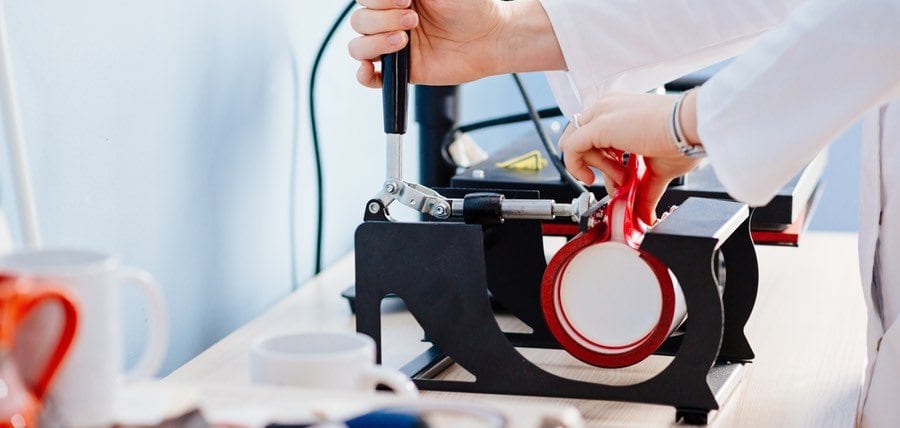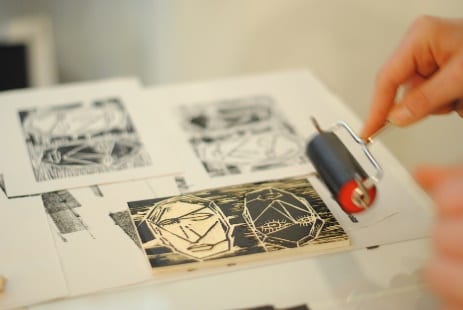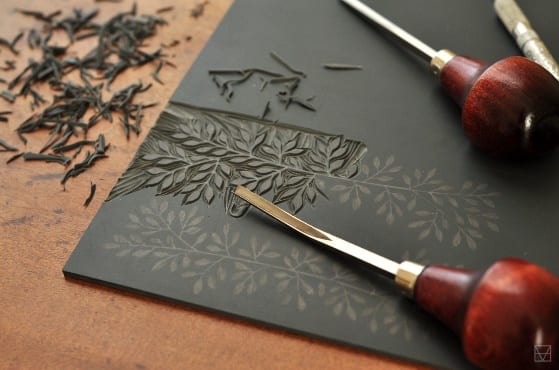
Printmaking may sound modern, but it has been practiced even in the old times. It boasts of a colorful and long history that is believed by many to have started during China’s Han Dynasty or the 1st Century AD. Since then, creating unique visuals and images have become the staple influence of many artists. As time passes by, innovations have changed the art of printmaking.
Printmaking is described as the artistic process of transferring an image commonly into a paper, and usually on fabrics, parchments, and even plastics. Printmaking also includes woodcut, engraving, and etching. Most of these are considered traditional techniques. Printmaking is used to create multiple copies of an original image and template, and each print gets a sign and a number from the artist.
As improvements continue to change the course of printmaking, countless techniques have emerged. All these hope to inspire advanced printmaking. To make this possible, artists and manufacturers continue to think of a way to make better materials and printmaking mediums.
Aside from materials and printmaking mediums, there is also an evident improvement in the techniques used for printmaking. Starting from the early forms up to the advanced and modern techniques: all of these are essential to know the history and influence of printmaking in the world.
There are different printmaking techniques available. All of them have different uses and styles that make each print different. Thus, these styles all help create the perfect image for the best print. Ranging from traditional forms of printmaking to the commonly used these days, here are the different types of printmaking you need to know.
Traditional Forms of Printmaking
Woodcut
This technique was introduced in China and has since led the art of printmaking. It is recognized as the earliest known technique in printmaking. The process includes etching the images into the wood using gouges or any different carving tools. Ink is then used on the printing parts, while the non-printing parts are removed. The ink on the printing parts produces the print, which is transferred into the paper or fabric.
The woods used in woodcuts are clean, dried, and all flat. Hardwoods and softwoods are used depending on how detailed the image is. Some woods would be more difficult to carve, such as mahogany and birch wood. Most usually use plywood from birch, and fire trees are mostly used due to its thickness, soft surface, and easy accessibility.
The process is usually long with includes carving or directly drawing on the woods, before transferring the image into a paper using toners and ink. A lot more is done before the process is over. It is a tedious job with great results in the end.

Linocut
Usually compared with woodcuts, Linocut possesses the same relief process, which creates an image using flat surfaces and fluid lines. Started in the 20th Century, Linocut has then gained recognition. The only difference it has from woodcut is the material used. Woodcut used carved woods while linocut uses sheets of linoleum.
Unlike woods, linoleum is easy to carve into because it doesn’t have any directional grain. It has a smooth texture that makes carving a little easier. However, in using linoleum, it would be difficult to make fine lines; this the end process only leaves a grainy harsh like texture.
Another good thing about this technique is it is simple to learn and uses inexpensive materials. The use of linoleum also makes the difference since it’s thin and soft, and the carving is much easier. Thus, most beginners use this technique as their introduction to printmaking.

Complex Form of Printmaking
Lithography
This became prevalent in the 19th century, and it is designed to create a more economical method of imprinting theatrical works. Lithography is a set of complex printing where an artist draws straight on a flat surface or a stone. It can be used to print any text or even artwork on paper and other materials.
Lithography uses oil to draw an image on a stone plate. After treating it with acid, it is drenched by water. With the oil-based ink on the stone, the water repels the oil, leaving the images inked in and ready to transfer to the paper.
Modern Forms of Printmaking
Digital Print
This modern way of printmaking uses a computer and an inkjet printer with modern inks, which are made to highlight the tone and features of an image. Today, this has been widely used to create copies of different pictures from any sources, be it the internet or personal captured ones.
Aside from that, digital printmaking also allows an artist to have copies of modern artworks and limited-edition images to be reproduced and sealed. This way, the images are in their best feature and lasts longer. Digital Printmaking is also one of the easiest modern ways to make copies.
Transfer
This technique is a general reference used to describe the process of copying another image from the original ones. It encompasses any forms and kind, such as manuals techniques, which include tracing, pressing, and rubbing. Another common technique is copying through carbon copy. These techniques are all used to transfer and create one image after another.
Conclusion
Printmaking’s colorful and artistic history paved the way into the modern way to modern printmaking. The earliest forms are now considered an art that most people practice. They may not be as convenient as digital printmaking, but the images they produce can never be copied.
Digital Printmaking and another modern form of printmaking is the product of society’s innovation and technology, while the oldest form of printmaking comes from the artistic pursuits of preserving and publishing works. Thus, art conservation and printmaking have come a long way.

